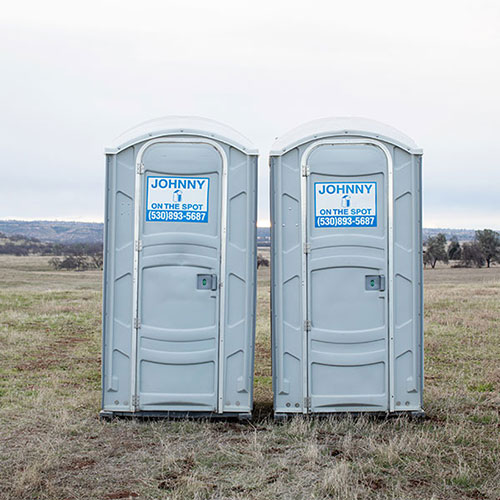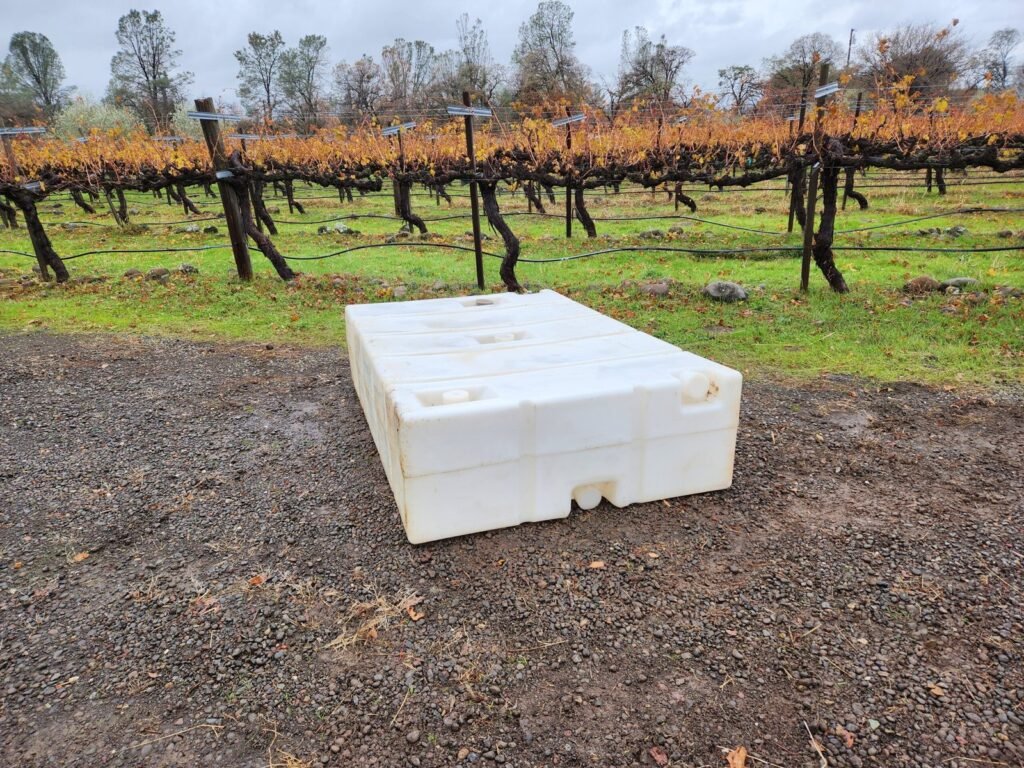By now, most of us have seen a porta potty or used one. We’ve seen them at events and on construction sites. We realize most people might not think about how porta potties work, or maybe they don’t want to know — we get it! Most of us just use them and go on our merry way. However, there’s a lot of work that goes into creating a functional, portable toilet. so, if you have ever asked yourself, “How do porta potties work,” we have all the answers!
The ins and outs of a porta potty
The first part of answering the question “How do porta potties work” is going over the layout and design of a porta potty. A portable toilet has a roof and vents and is made of highly durable materials like polyurethane plastic, which is also easy to clean. The inside of the unit may vary, but ours are equipped with a non-splash urinal, a holding tank — our units range from 50-60 gallons — and non-slip floors.
How do porta potties work?
So, the first part of the porta potty process isn’t difficult to explain. We drop off our porta potties at an event or construction site, and they are put to use. Some units feature a flushing mechanism and pressure system to circulate water and chemicals in the tank, while others don’t — the flushing features of our portable toilets vary depending on the unit.
Porta potties, unlike traditional toilets, aren’t connected to plumbing or sewage. So, once the tank holding tank becomes full, our team comes in to clear the tank and clean the unit, and the process starts all over again. To empty a porta potty, our team connects a vacuum to the holding tank, which suctions the waste into a large tanker truck. Once we remove the waste, we fill the unit with fresh water and chemicals. Ta-da! That’s the gist of how porta potties work.
What chemicals are put inside a porta potty?
There’s more to cleaning waste and filling a porta potty with fresh water. Inside a tank, there are several chemicals mixed in with the water that serve many purposes. Most chemical concoctions inside porta potties include dye, blue chemicals, fragrances, surfactants, and enzymes. Each serves its own purpose.
- Dye helps hide the appearance of waste
- Blue chemicals turn green after exposed to enough waste, signaling that the chemicals need to be replaced
- Fragrances are used — obviously — to help reduce the smell of waste
- Surfactants help fragrances dissolve in the water and spread the scent of the fragrance
- Enzymes feed on odor-causing bacteria in waste and also speed up decomposition
Get your free estimate today!
If you need a porta potty for a one-time event, long-term use, or a construction site, we have you covered! Call us today at (530) 893-5687 for a free estimate. Our awesome team is ready to help you with all of your portable toilet needs.


